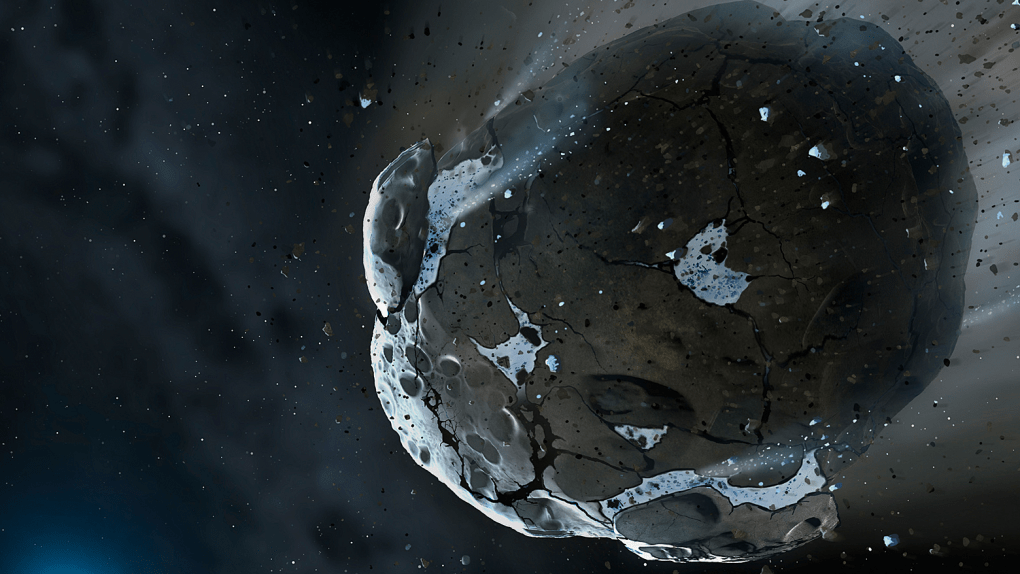When a chunk of space rock makes it to the surface of Earth there’s always a question as to where it originated. Scientists have gotten quite good at being able to trace the source of various pieces of space debris based on the makeup of the rock as well as the position of Earth and the direction the rock was traveling through space when it met up with our planet. In 2018, an asteroid that was being tracked through space resulted in debris that impacted Earth in Botswana in Southern Africa. After the rock was found, researchers began the task of tracing its origins, and a new paper published in Meteoritics and Planetary Science provides their conclusions.
According to the scientists, the asteroid likely originated from a massive asteroid that astronomers have been keeping their eyes on for some time. The space rock is known as Vesta, and it’s the second-largest known asteroid in our solar system. Vesta’s history is clouded in mystery, but it’s believed that impacts on the asteroid’s surface created many pieces of debris and it looks like one of those chunks found its way to Earth.
The pieces of the asteroid that landed in Botswana were relatively tiny. The asteroid that gave birth to them appeared as a flash of light in a sky survey conducted by the University of Arizona, and when it reached Earth it fragmented and the debris tumbled down in the Central Kalahari Game Reserve. Researchers canvased the area and found a total of 23 meteorites.
“Combining the observations of the small asteroid in space with information gleaned from the meteorites shows it likely came from Vesta, second-largest asteroid in our Solar System and target of NASA’s DAWN mission,” Peter Jenniskens, leader of the study, said in a statement. “Billions of years ago, two giant impacts on Vesta created a family of larger, more dangerous asteroids. The newly recovered meteorites gave us a clue on when those impacts might have happened.”
Tracking the debris was a challenge as the observations were only made shortly before the rock reached Earth. Once it did, the scientists had to hunt down video footage that offered them clues as to where the debris landed.
Once samples were found, the task of studying the rocky material began. After a lengthy investigation that helped to age the rock and narrow down its possible origins, the researchers finally arrived at the conclusion that it came from an impact with Vesta. Moreover, the debris is believed to have been chipped off of Vesta during an impact with another body roughly 22 million years ago.
The science of tracking the source of asteroids has grown by leaps and bounds in recent years. It’s incredible to think that researchers can actually trace where a space rock came from after it already hit the Earth. These types of research projects are helping us learn more about our solar system and all of the material in it, and could open new avenues of research into asteroid formation.








